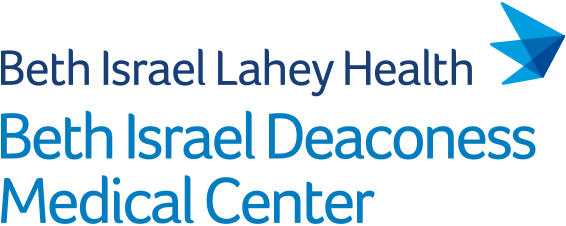Abstract
OBJECTIVE: Routine imaging surveillance following endovascular aortic aneurysm repair (EVAR) for abdominal aortic aneurysm (AAA) is critical for the timely diagnosis of late post-operative complications. Compliance with recommended EVAR surveillance is variable, and disparities in post-EVAR surveillance remain unclear. This study examines variability in EVAR surveillance and emergency health service utilization across several sociodemographic populations.
METHODS: All Medicare fee-for-service beneficiaries who underwent infrarenal EVAR for intact AAA between January 2011 and December 2019 were included. Patients were stratified by several sociodemographic characteristics: age category (66-74, 75-84, >85 years), sex (male, female), race (White, Black, Asian, Other), dual-enrollment in Medicare and Medicaid (dual-enrolled, Medicare-only), and distressed communities index (distressed >80th percentile, non-distressed ≤80th percentile). The following post-operative healthcare utilization metrics were assessed: EVAR-related office visits, imaging studies, emergency department (ED) visits, and hospital readmissions. Annual incidence rates were calculated for each healthcare utilization metric at 2 and 5 years after EVAR and compared across groups using Poisson regression models, adjusting for sociodemographic and hospital characteristics and comorbidities.
RESULTS: In 111,381 Medicare beneficiaries who underwent EVAR, post-operative healthcare utilization varied substantially across sociodemographic groups. After adjustment, annual incidence rates of EVAR-related office visits at 2 years post-EVAR were lower in patients who were >85 years vs 66-75 years (adjusted rate ratio [aRR]: 0.95 [95% confidence interval: 0.93-0.97]), female vs male (0.94 [0.93-0.95]), dual-enrolled vs Medicare-only (0.83 [0.81-0.85]), and residing in distressed vs non-distressed communities (0.95 [0.93-0.96]). Rates of imaging studies were lower in patients who were >85 years (0.98 [0.96-0.99]), dual-enrolled (0.97 [0.95-0.98]), and residing in distressed communities (0.97 [0.96-0.98]). There was higher use of hospital services in patients who were >85 years (ED: aRR 1.37 [1.33-1.41]; Readmission: aRR 1.23 [1.19, 1.28]), female (ED: 1.19 [1.16-1.22]; Readmission: 1.15 [1.12-1.19]), Black (ED: 1.10 [1.05-1.15]; Readmission: 1.15 [1.09-1.22]), dual-enrolled (ED: 1.29 [1.26-1.33]; Readmission: 1.14 [1.09-1.18]), and residing in distressed communities (ED: 1.03 [1.01-1.06]; Readmission 1.02 [0.99-1.05]). At 5 years post-EVAR, similar trends across sociodemographic groups were observed, with the added finding of lower rates of EVAR-related office visits in Black vs White patients.
CONCLUSIONS: Significant variation in post-EVAR healthcare utilization exists among Medicare beneficiaries. Patients who were older age, female sex, Black race, or socioeconomically-disadvantaged had lower rates of EVAR-specific follow up and higher use of emergency health service. Barriers in access to care are apparent, underscoring the need for targeted interventions to enhance post-EVAR surveillance and improve outcomes in these populations.
